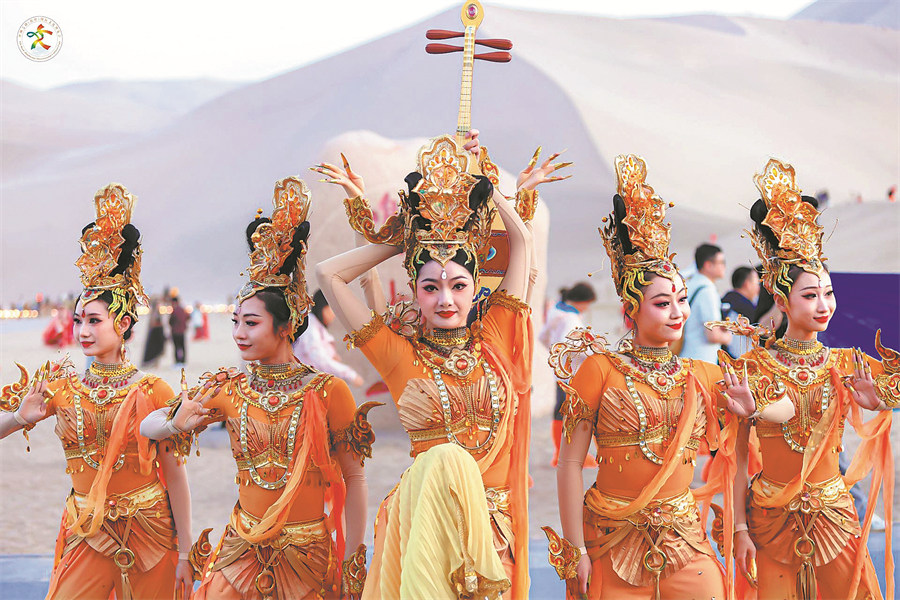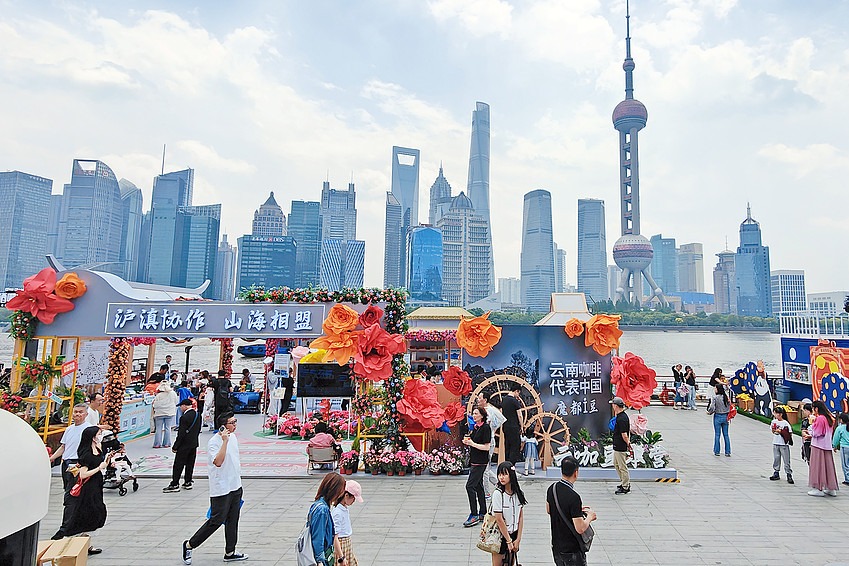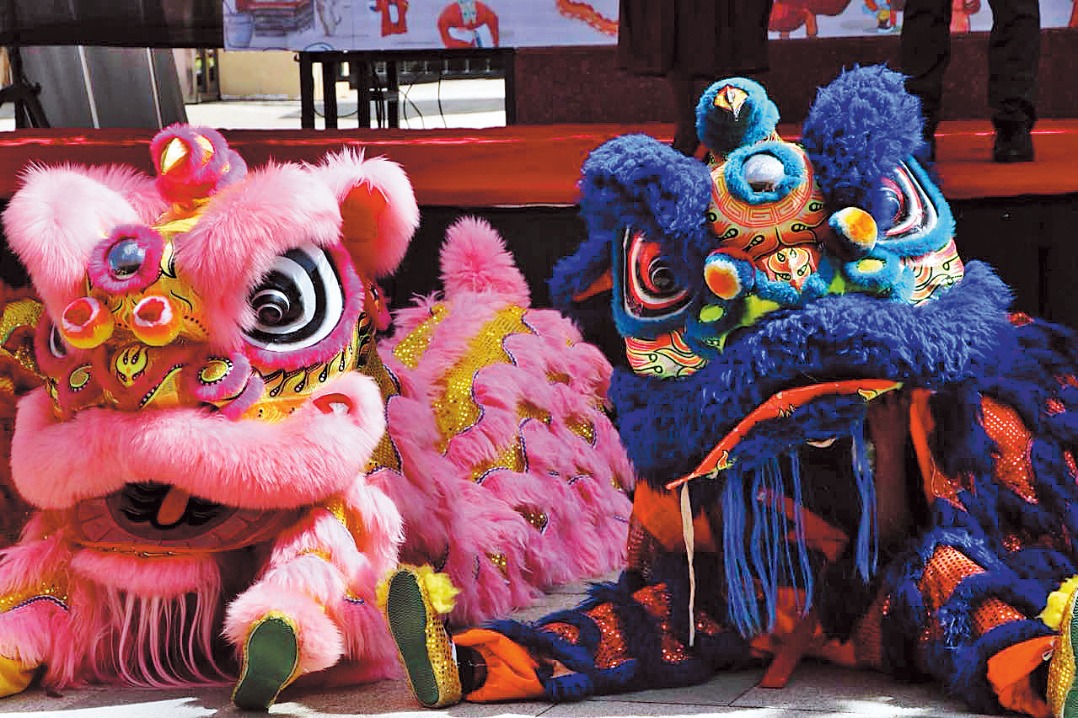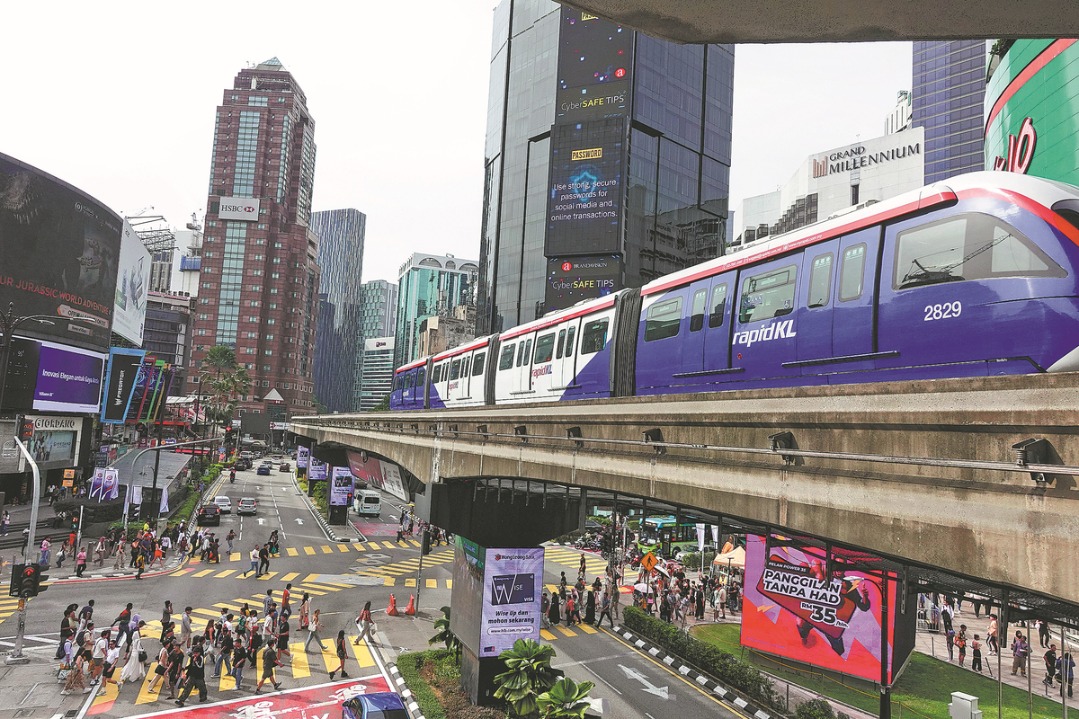The sands of time hold the future


Updating the past
Visitors to the Dunhuang Studies exhibition area not only learned about how this legacy is being preserved but also experienced how new technologies are being used to protect and restore ancient relics.
They walked through physical replicas of the Mogao Caves adorned with murals and statues, or experienced immersive digital explorations using virtual reality, enabling them to "see" the caves closed to the public.
Imagery from the caves featured heavily in the neighboring hall, which was devoted to the continuation of traditional Dunhuang culture and the advent of creative innovations using its media and motifs.
Artisans showcased hunks of minerals crushed to create the pigments used to paint the cave murals centuries ago, and wood-burned fans featuring icons like Hexi horses and wheat-straw embroidered camels.
These age-old art forms were displayed alongside nunchucks, keyboards and skateboards decorated with symbols of Dunhuang, such as the nine-color deer, thousand-armed Guanyin (the Bodhisattva of Compassion) and flying apsaras, who pluck pipa (lutes) idiosyncratically held behind their heads.
China Tourism Academy President Dai Bin hails such novel cultural creations.
"New cultural spaces and tourism scenarios created by young entrepreneurs and creative teams are both critically acclaimed and popular among locals and visitors," he says.
Dunhuang Printing House, for instance, offers do-it-yourself arts-and-crafts experiences.
Visitors can fill notebooks with ink stamps featuring Dunhuang themes. Rubber stamps are connected by ceiling pulleys to glass bulbs filled with colored sand, which bob up and down as users stamp the paper, making them dance. Guests can also fashion items like ceramic coasters, embossed prints, and lacquerware, for a moderate fee.
























